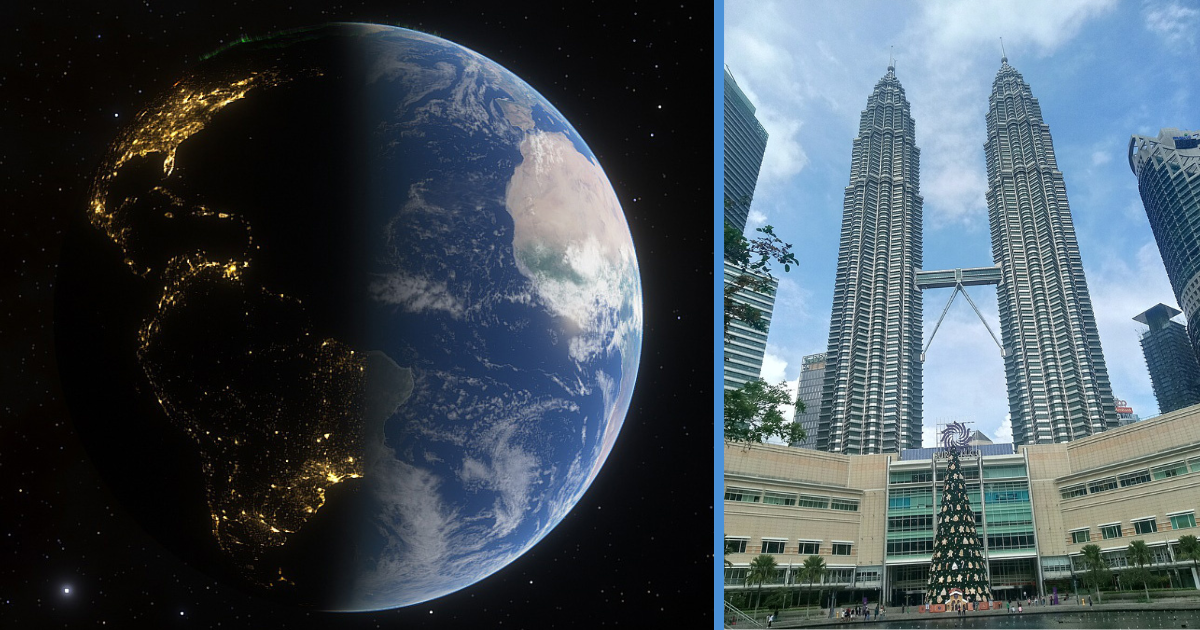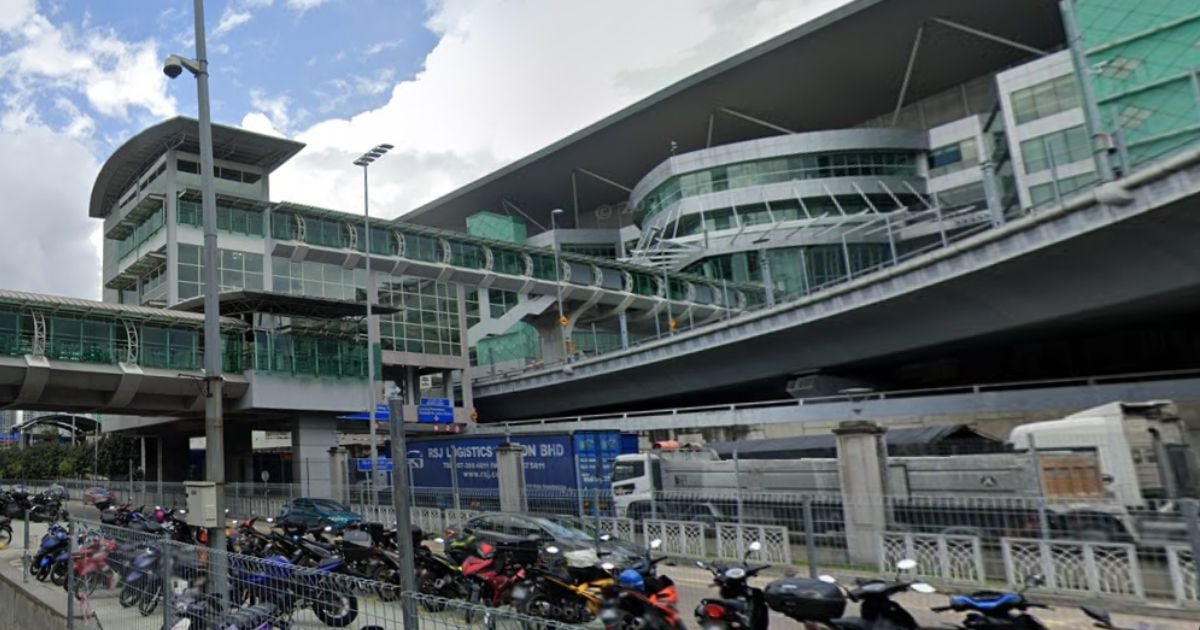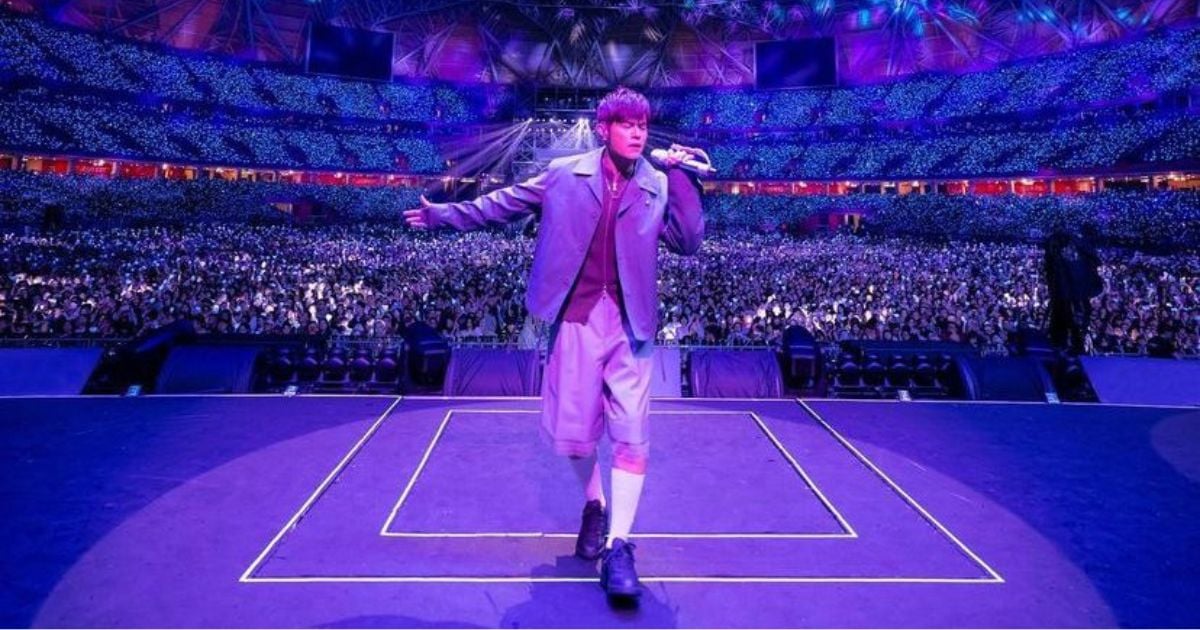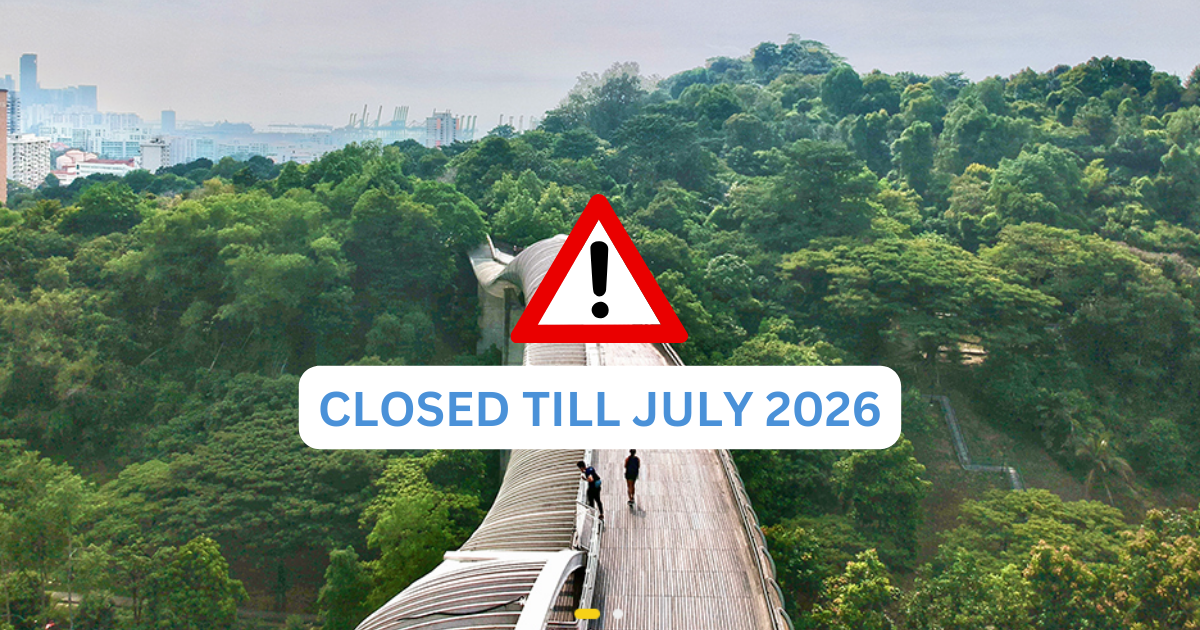Lately, the heat seems to have something against us. I know I’m not the only one running to the shade or standing behind someone’s shadow just to not experience a day in Dune. (The movie is good, not the sun.)
What happens when there’s no shadow to run to? Does it mean things and people in KL are invisible? What’s happening?
Here’s what you need to know about the day with no shadows.
A Strange Sight
Four years ago, Singaporeans on Reddit saw objects without shadows in the middle of the day. It happened around the same time of the year, March.
The comments called it a “matrix glitch” and mentioned how it would look like in a game once you turn shadows off in the settings.
This happened again on 20 Mar 2024, but Singaporeans didn’t seem to notice.
Our friends in Malaysia did – thanks to an announcement made by Malaysia’s Ministry of Science, Technology and Innovation (MOSTI) on Facebook.
The Equinox
In the press release statement by MOSTI, they mentioned that 20 Mar 2024 marks the day of the March Equinox where the Sun would pass directly on the Equator.
They added that areas such as Putrajaya and Kuala Lumpur are expected to experience this phenomenon on the 27 and 28 Mar since they are slightly located north of the Equator.
For those of us who did not take a space-learning module in school, the March (or vernal) equinox is a day that marks the change in seasons. The Earth is also divided into two hemispheres, and this day means that both hemispheres receive the sunlight equally.
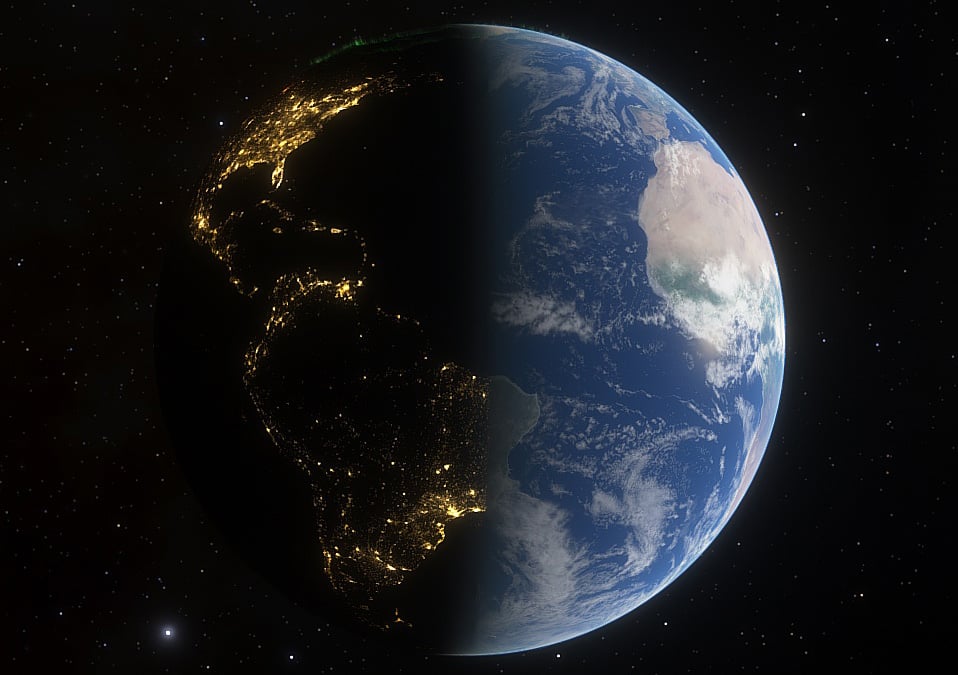
That also means that the hours in the day and in the night are approximately the same – 12 hours. However, at some latitudes, daylight can last eight minutes longer.
The word “Equinox” originated from the Latin words “aequus” (equal) and “nox” (night).
In the past, before anyone had the technology to predict the movement of the Sun, ancient civilisations would build statues and structures (like the Angkor Wat in Cambodia) to capture the beautiful sunrise or sunset during an equinox.
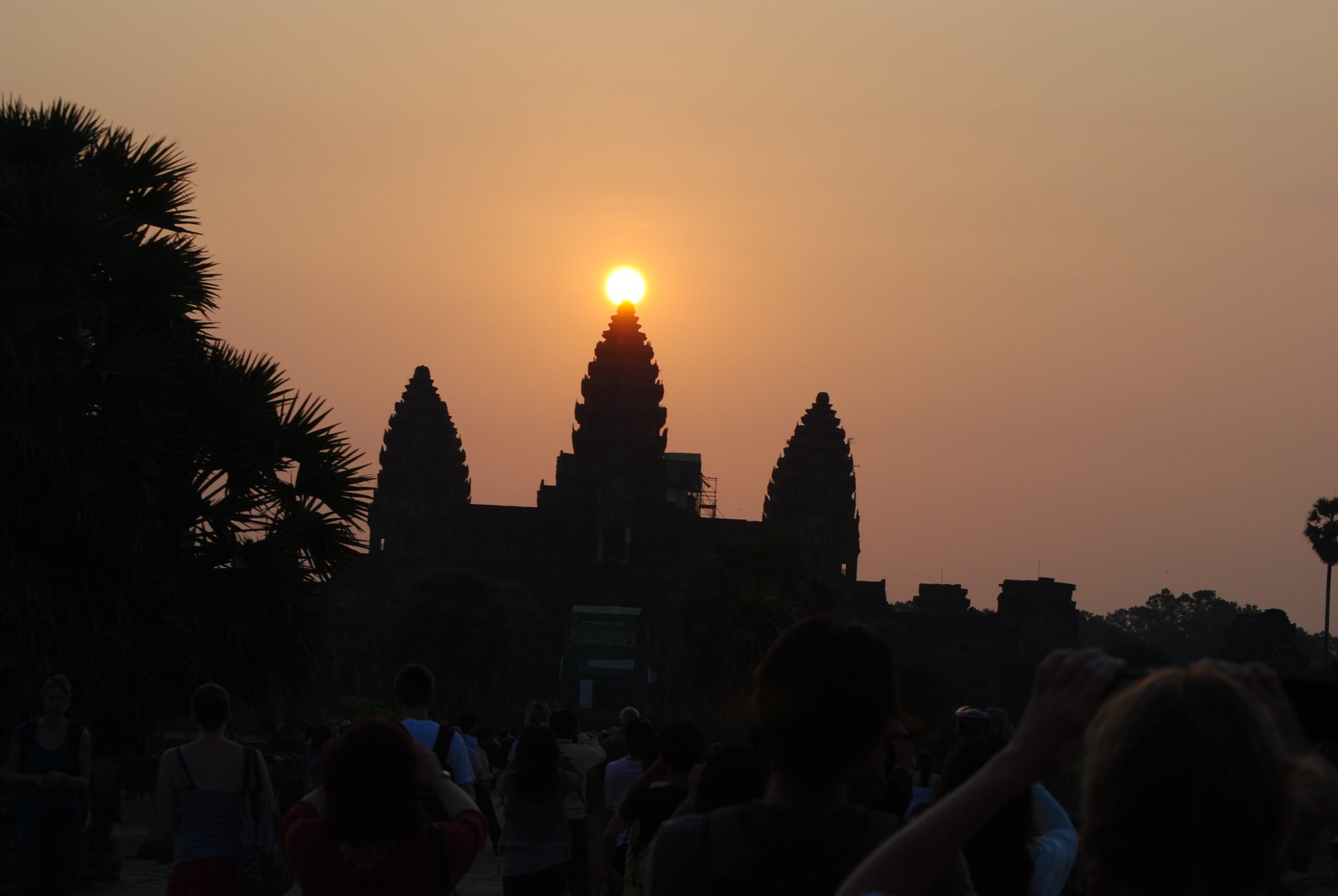
Since the Sun is positioned on top of the objects when passing through the equator, the shadow will be on itself, and not on the pavement where we can typically see.
According to Time and Date, after the Spring Equinox on 20 Mar, there will be a June Solstice on 21 June before another Equinox – the Autumnal Equinox, expected to fall on the 22 Sep at night.
The June Solstice is also known as the Summer Solstice, and it is when the day is the longest – marking the start of Summer.
It’s good to keep a lookout to the things happening in the sky.
Don’t be like me – I regretted missing the Super Flower Blood Moon, which you can read about on Goody Feed here. It was beautiful.
The Equinox? It was just a bit unsettling.
